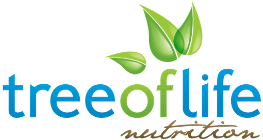
One of the most common deficiencies in the world, particularly in women, is iron deficiency. We look at the importance of iron, its properties as well as which foods you can eat to increase your iron levels.
The nature of iron
The role of iron in your body is to transport oxygen around (attached to haemoglobin in your red blood cells). That’s why those with low iron or iron deficiency often feel quite fatigued, or don’t perform to their potential in sport. They just can’t get enough iron around their body for their muscles.
There are 2 different types of iron: haem and non-haem. Haem iron comes from animal-based products e.g. red meat, whereas non-haem iron comes from plant-based products e.g. spinach. Our body absorbs the haem iron a lot better than non-haem iron, which is why those who dislike red meat or are on a vegetarian or vegan diet, can struggle with their iron levels.
So what foods are higher in iron you ask?
- Red meat e.g. beef, liver, kangaroo, lamb
- Clams, Mussels
- Canned sardines, tinned tuna, Salmon
- Chicken, Ham
- Lentils, Beans, Tofu, Chickpeas
- Spinach, Broccoli
- Wholegrains e.g. Oats
When to eat iron-rich foods
There are minerals that inhibit iron absorption and vitamins that enhance iron absorption. Calcium inhibits iron absorption so to make the most of your iron intakes keep your iron-rich foods (e.g. lean steak) to dinnertime and get your calcium intake in the morning (e.g. milk). Vitamin C aids iron absorption so when you do have iron-rich foods make sure there are plenty of vegetables on your plate and you could even have ½ a glass of orange juice to really boost your Vitamin C intake.
